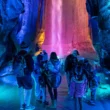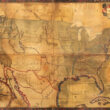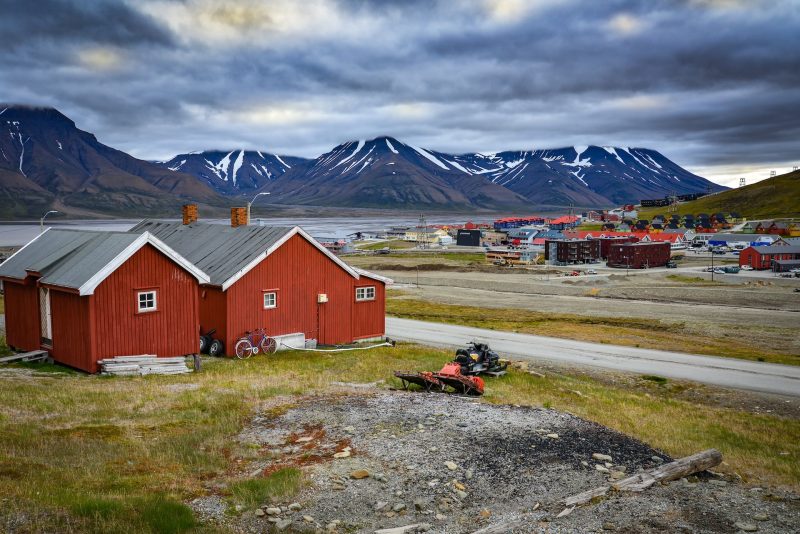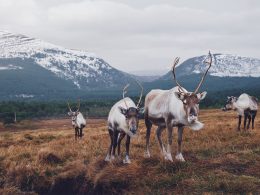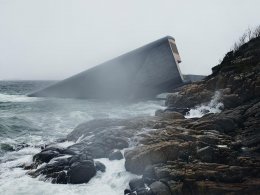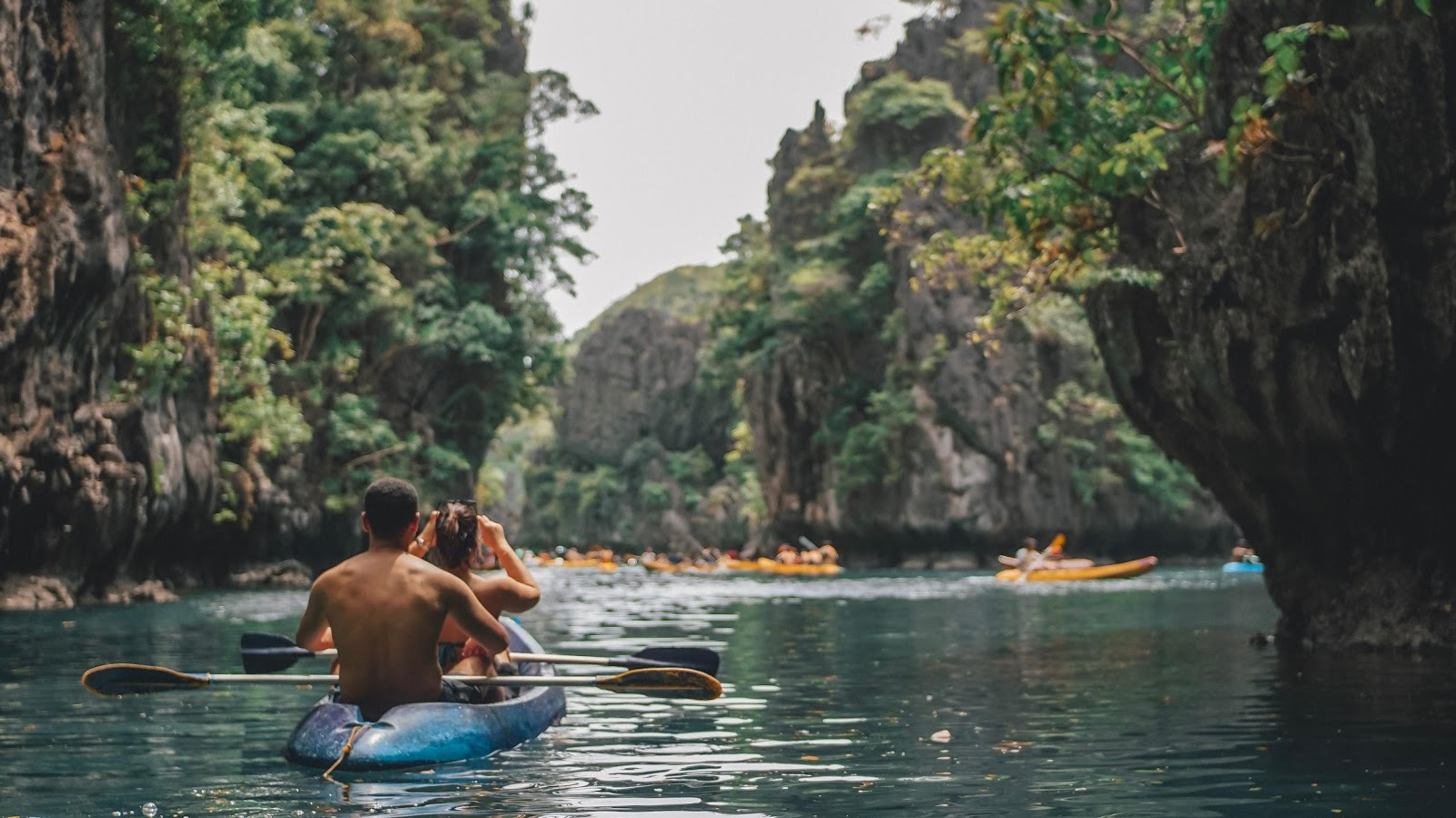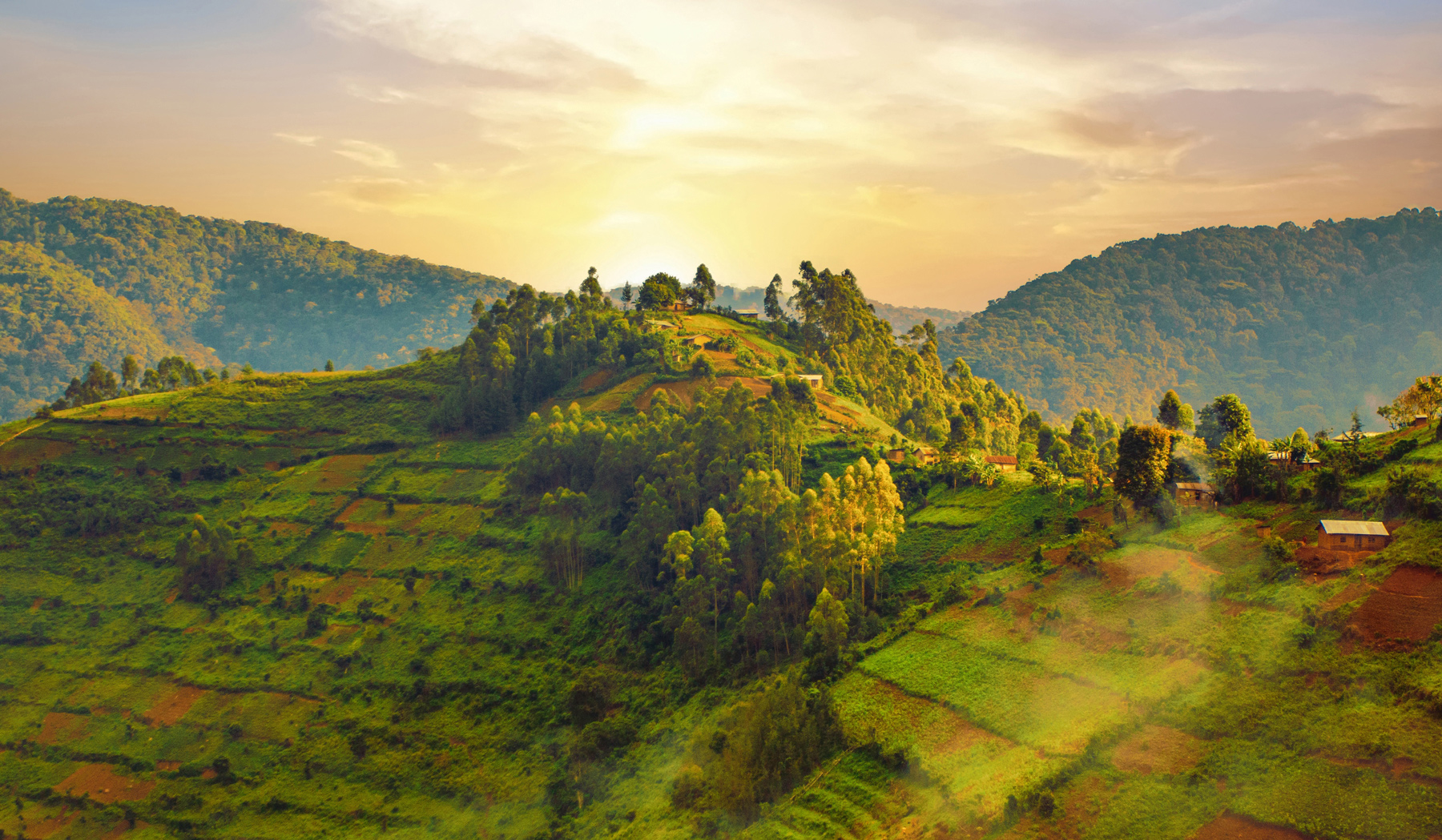Welcome to Svalbard, a unique archipelago in the Arctic Circle where the concept of borders takes on a whole new meaning. With no visa restrictions, this Norwegian territory has become a melting pot of cultures, housing residents from over 50 nations.
As your plane descends into this icy paradise, you’ll be greeted by majestic peaks covered in snow—if you arrive during the months when the midnight sun dominates the sky nearly around the clock. In contrast, the winter months offer a celestial spectacle of the Northern Lights illuminating the perpetual night.
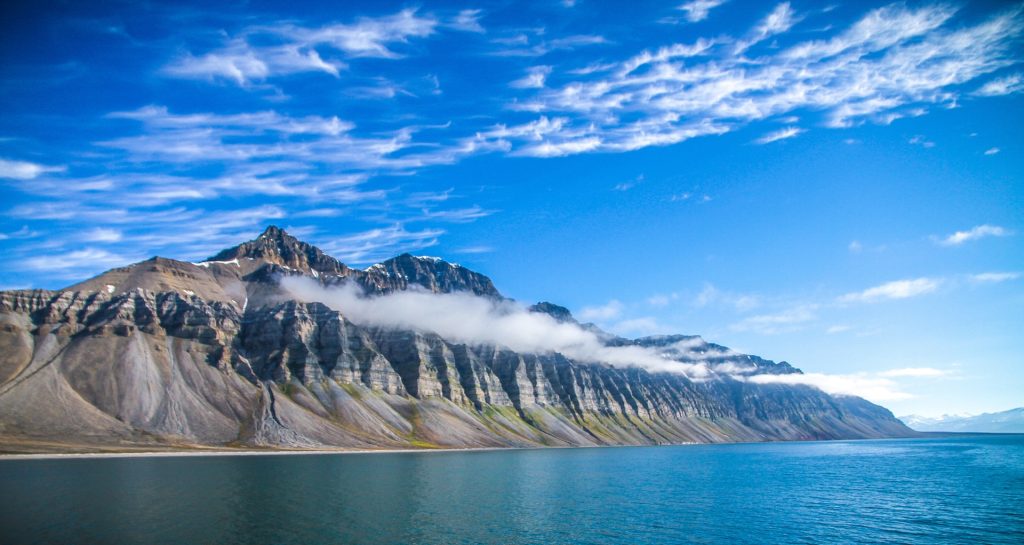
Situated 800 kilometers north of mainland Norway and surrounded by the icy waters of the Arctic Ocean, Svalbard is a land of extremes. It’s the globe’s most northerly year-round inhabited area, boasting the world’s northernmost university, church, and even a brewery.
Longyearbyen, the capital, is a cosmopolitan hub where nearly one-third of its approximately 2,400 residents are immigrants from a diverse array of countries. The reason? Anyone can reside here without a visa, provided they secure employment and housing.
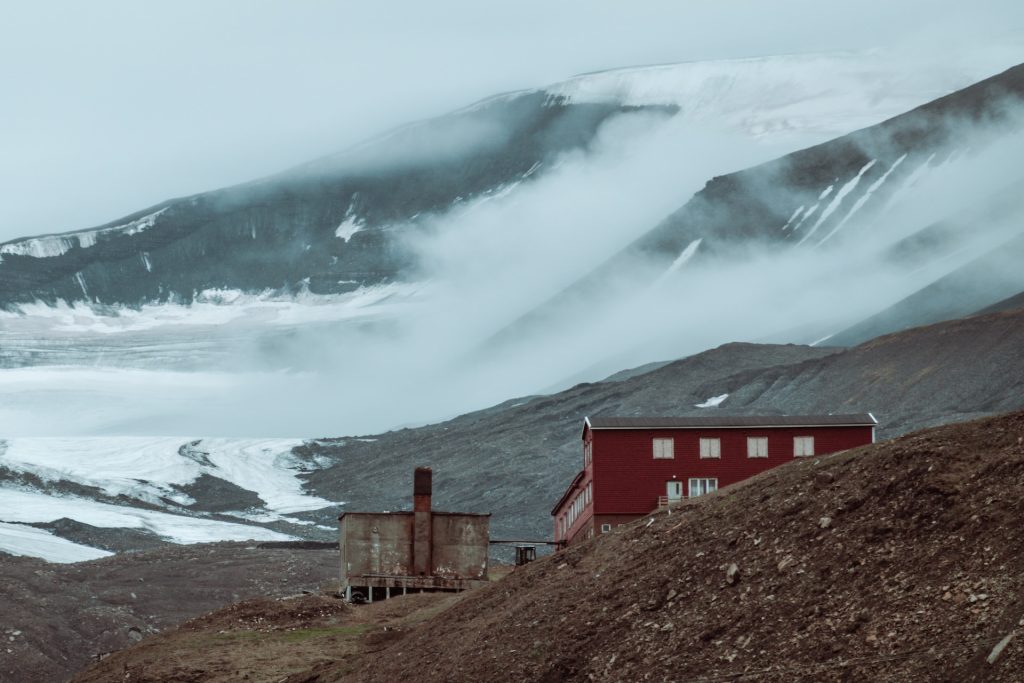
The archipelago has a rich history, believed to have been first explored by Vikings around the year 1200. Documented exploration began in 1596 by Dutch adventurers seeking the Northeast Passage to China. Over the centuries, the islands attracted hunters and explorers from various European countries.
The 20th century saw the establishment of coal mining as a primary industry, initiated by American entrepreneur John Munro Longyear in 1906. Nowadays, tourism and scientific research in ecology and environmental studies are the mainstays of the local economy.
Svalbard remained unregulated until 1920 when a post-World War I treaty affirmed Norway’s sovereignty over the territory. Currently endorsed by 46 nations, the treaty also mandates that the islands must remain demilitarized and that Norway is responsible for conserving its natural environment. Remarkably, the treaty insists on equal treatment for Norwegians and non-Norwegians alike.
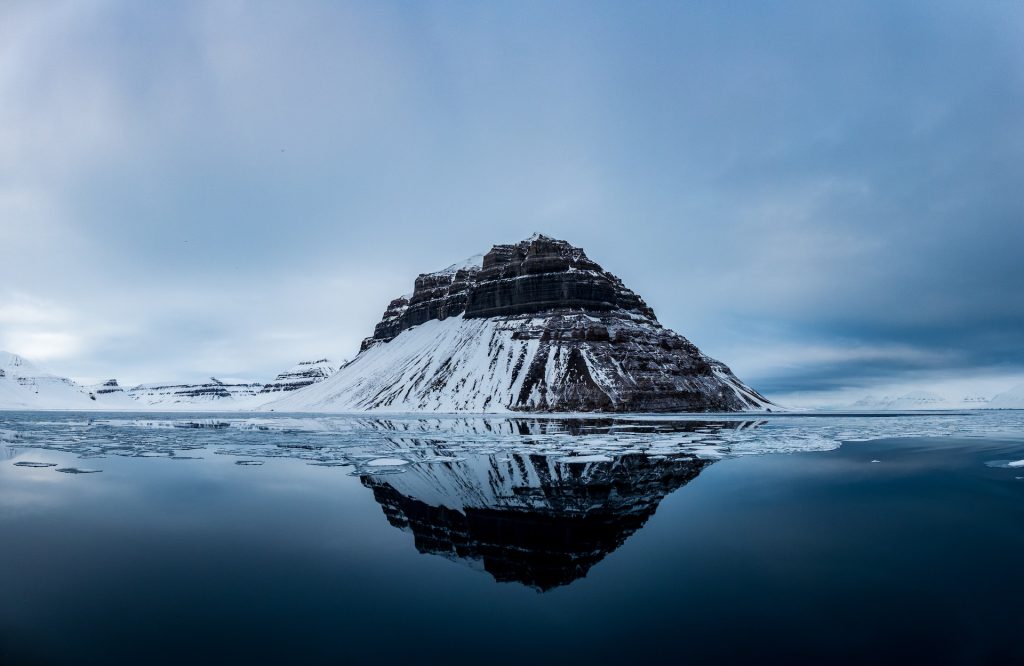
Life in Longyearbyen is unlike anywhere else. The archipelago has a mere 40 kilometers of roadways, and settlements are isolated, reachable only by boat in summer or snowmobile in winter. The presence of approximately 3,000 polar bears—outnumbering the human population—makes carrying a rifle outside city limits a common precaution.
Though Svalbard is open to all, it’s not an ideal place for life’s major events like birth or death. There are no maternity hospitals, and deceased individuals must be transported to mainland Norway for burial. Since the 1950s, the archipelago’s permafrost has made burials impractical, as the frozen ground can sometimes force buried bodies back to the surface.
The permafrost also serves as the foundation for the Global Seed Vault, located just 3 km from Longyearbyen’s central road. Established in 2008, the vault safeguards over 980,000 seed varieties from around the world as a contingency against global agricultural collapse.
However, even this Arctic sanctuary faces challenges from climate change. In 2017, the Seed Vault’s entrance was flooded due to melting permafrost. Longyearbyen itself is grappling with mudslides and avalanches, as it was not built to handle rainwater. Astonishingly, Svalbard’s average temperature has surged by 4°C since 1971, making it the fastest-warming place on Earth.
So, if you’re intrigued by the idea of a life less ordinary, Svalbard offers a unique blend of natural beauty, cultural diversity, and scientific importance—all without the need for a visa.
**Please note that this post may contain affiliate links. When booking through one of our links, we earn a small kickback at no extra cost to you and it’s a big help to keep the site up and running.

